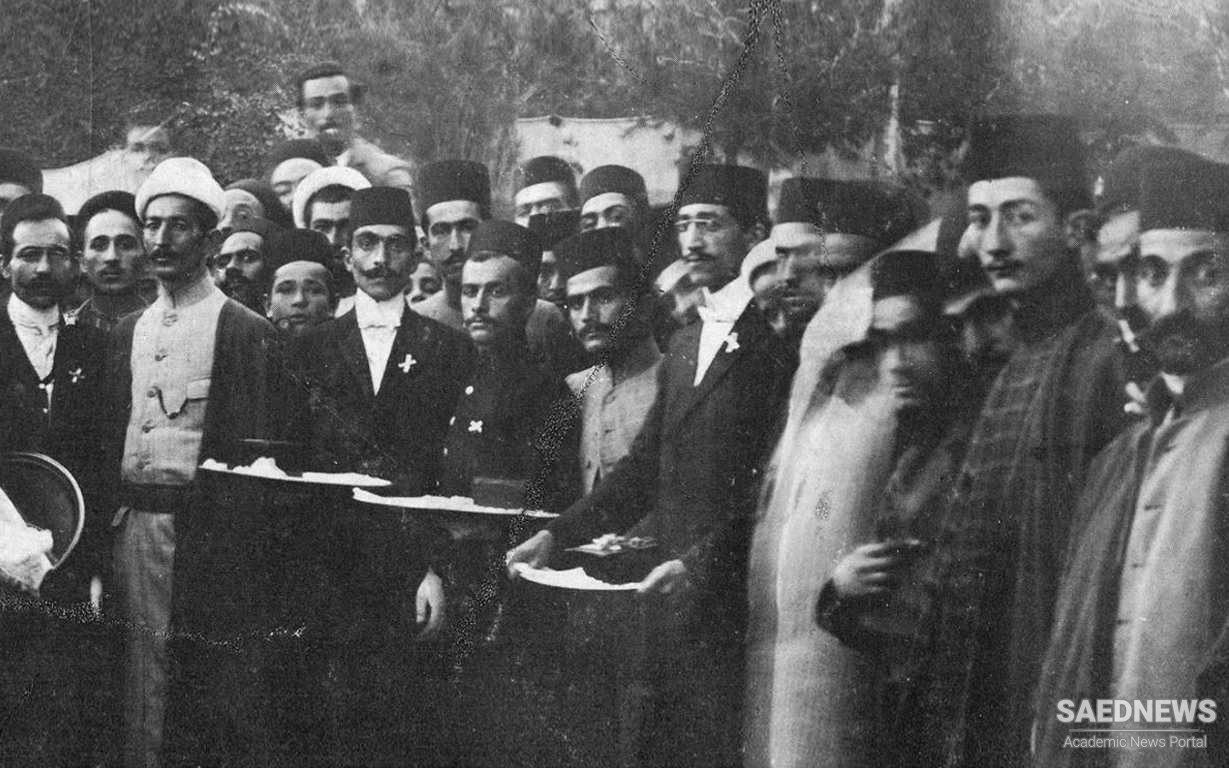This was evident in many statements, names of a number of newspapers, and the sermons of the pro-constitutional preachers. In effect, the “awakening” (bidari) of the people, often referred to in the literature of the period, and their demand for the establishment of a just order, implied some form of modernization, or more specifically, democratization, of a messianic paradigm and its utopian ideals that were indigenous to the Iranian environment. Dispensing justice (‘adl and ‘adalat) in the world to redress wrongs and remove tyranny, one of the precepts of Shi‘i Islam with a millenarian connotation, was soon adopted by a new generation of European-educated state elites and complemented by European notions of the rule of law and limits on the despotic power of the state. Domesticating these Western notions in the Shi‘i political space enabled the growth and early success of the constitutional movement. Yet from the start, it also injected into the process inherent ambiguity, even some resistance to divulging the true secular agenda of the constitutionalists. By somewhat naively trying to dress many articles of the emerging constitution in Islamic garb—not dissimilar to Mostashar al-Dowleh’s Yak Kalameh—the constitutional activists hoped to appease the conservative and escape labels of heresy and religious innovation. As such, they introduced a troubling feature to the Iranian experience of democracy, one that would remain inherent for decades, if not for a whole century thereafter. The Joseph Naus affair offered a pretext for expressing indignation at and discontent with foreign presence. As the Belgian director of Iranian customs under Mozaffar al-Din Shah, since 1897, Naus had restructured Iranian customs and raised state revenue through higher tariffs and the rigorous collection of duties. Yet public discontent with his regime was expressed in Islamic ethical terms. He had appeared at a European costume ball in Tehran in Persian traditional attire, remotely resembling that of the ulama. The widely distributed photograph of him in costume, smoking the Persian water pipe, became a source of outrage, and his dismissal one of the demands of the protesters in Qom. The protest was fueled, and possibly financed, by Iranian merchants resentful of Naus’s discriminatory practices, which favored Russian firms. His partiality to Russia was reciprocated by Russia’s extending near-protégé status to Belgians and threatening the Iranian government with retaliation for any action taken against Naus’s practices or against his amassing of personal wealth. Yet even after his departure in May 1907, the outcome of public protest, the Belgians’ grip on customs remained firm.


 Shia Sources of Legislation
Shia Sources of Legislation














































